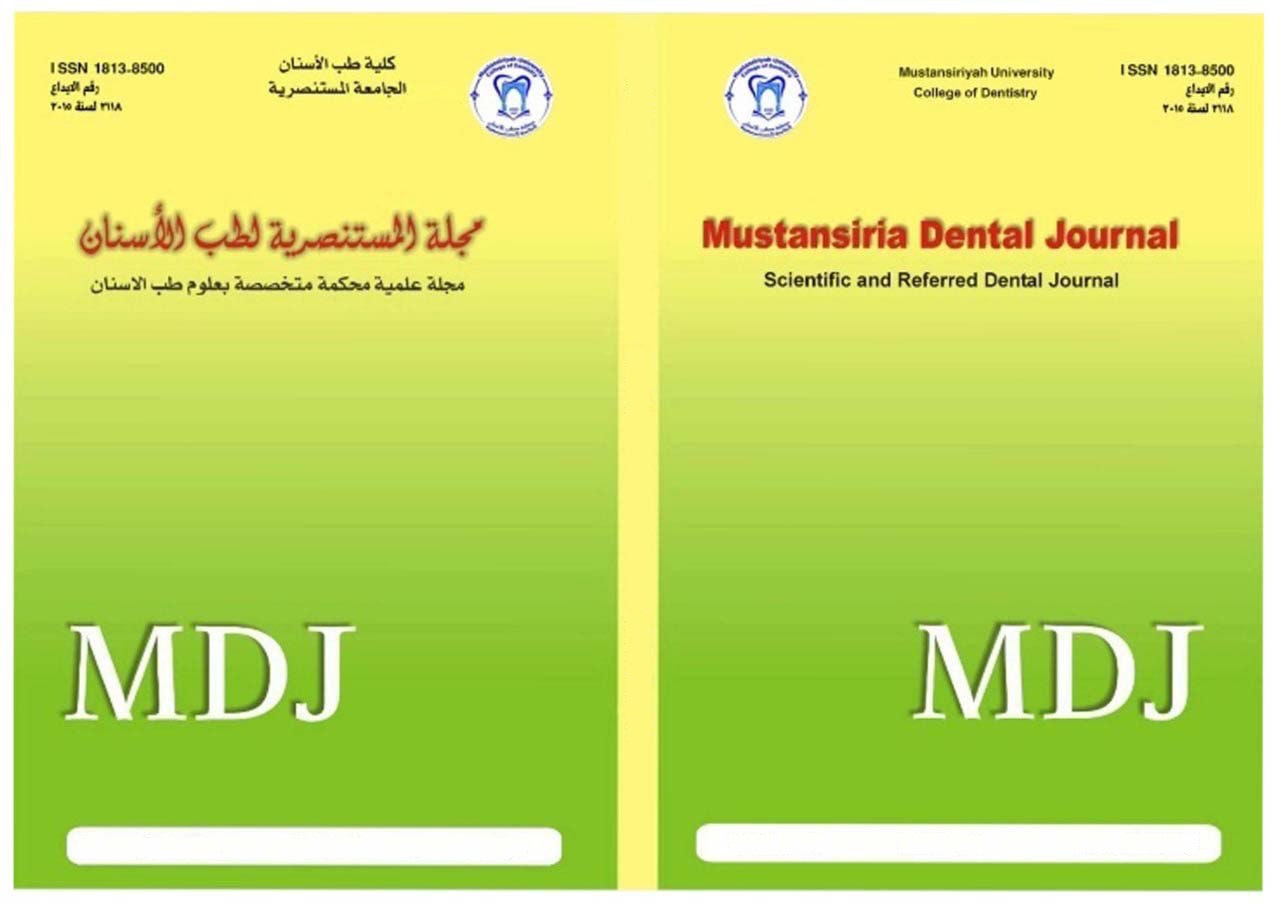Abstract
Background: this study was conducted to compare the centering ability and canal transportation of: Protaper, Mtwo, WaveOne, Reciproc in simulated curved canals.
Materials and methods: Eighty simulated curved canals of 40° curvature were divided into four groups and prepared to an apical size 25 using a crown-down technique for ProTaper instruments and single length technique for Mtwo
instruments and single file technique for WaveOne and Reciproc instruments. The following parameters were evaluated: outer and inner canal transportation and the centering ability. The measurements were carried out at five different levels. Pre-and postoperative images of the canals were taken at 40X magnification byaid of stereomicroscope. An assessment of the canals shape was determined using Photoshop CS2 and AutoCAD software. The data were analyzed statistically using ANOVA and LSD test.
Results: Considering canal transportation, the direction of transportation of rotary NiTi instruments was usually toward the inner aspect at middle parts of the canal and toward the outer aspect of the curve at the apex of curve and the end of preparation. Waveone and Reciproc files were showed a better maintaining its original curvature with less straightening and transportation especially at the end of preparation of simulated canals. WaveOne and Reciproc instruments obtained
better centering ability at all levels especially at the end point of preparation comparing with Protaper and Mtwo instruments.
Conclusions: WaveOne and Reciproc instruments maintained the original curvature significantly better than ProTaper and Mtwo.
Materials and methods: Eighty simulated curved canals of 40° curvature were divided into four groups and prepared to an apical size 25 using a crown-down technique for ProTaper instruments and single length technique for Mtwo
instruments and single file technique for WaveOne and Reciproc instruments. The following parameters were evaluated: outer and inner canal transportation and the centering ability. The measurements were carried out at five different levels. Pre-and postoperative images of the canals were taken at 40X magnification byaid of stereomicroscope. An assessment of the canals shape was determined using Photoshop CS2 and AutoCAD software. The data were analyzed statistically using ANOVA and LSD test.
Results: Considering canal transportation, the direction of transportation of rotary NiTi instruments was usually toward the inner aspect at middle parts of the canal and toward the outer aspect of the curve at the apex of curve and the end of preparation. Waveone and Reciproc files were showed a better maintaining its original curvature with less straightening and transportation especially at the end of preparation of simulated canals. WaveOne and Reciproc instruments obtained
better centering ability at all levels especially at the end point of preparation comparing with Protaper and Mtwo instruments.
Conclusions: WaveOne and Reciproc instruments maintained the original curvature significantly better than ProTaper and Mtwo.
Keywords
Mtwo
ProTaper
Reciproc
single file technique
WaveOne
